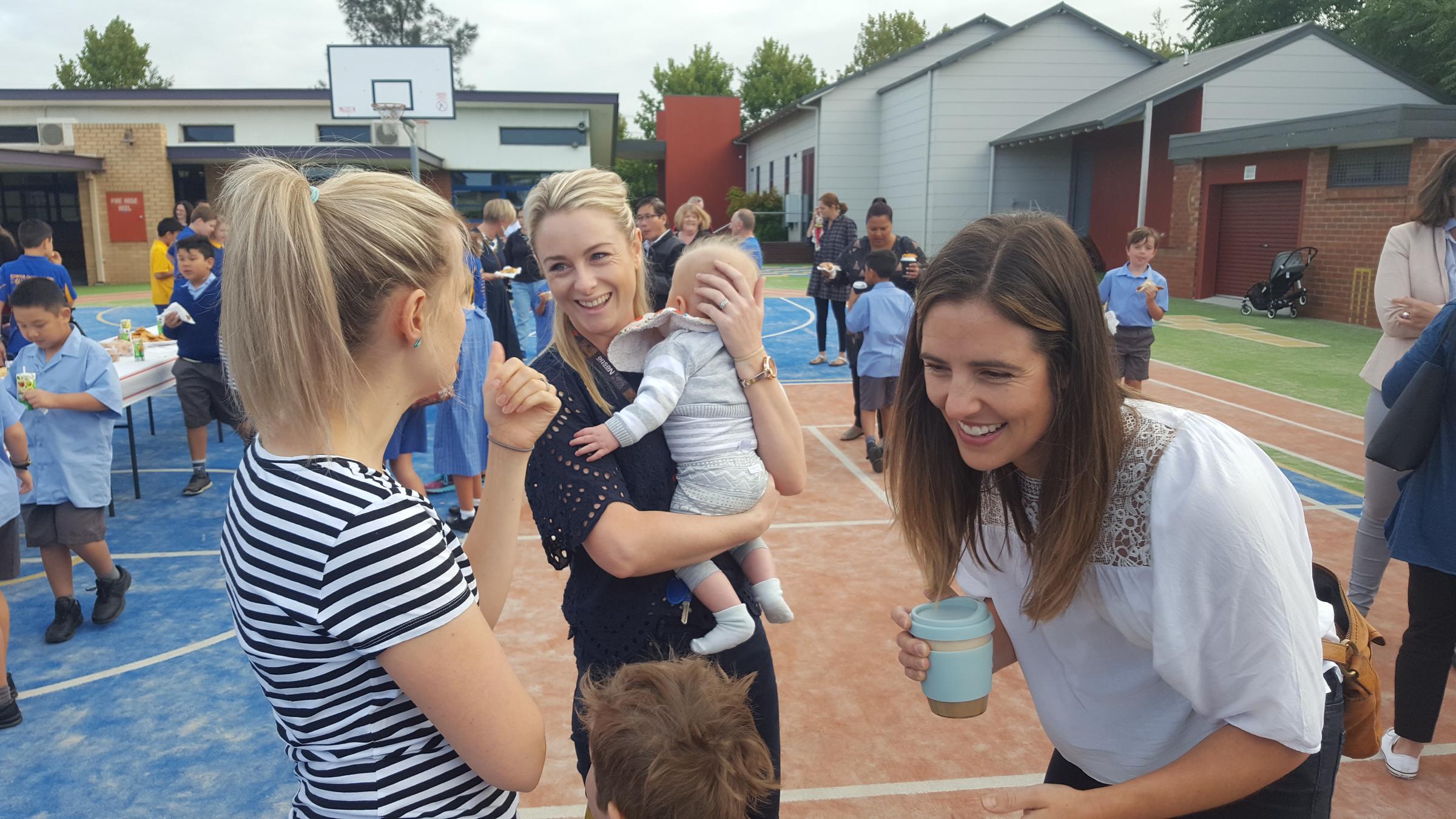Parent Partnerships

Hopeful kids are happy kids
Think of two children who you have regular contact with: one who is resilient and happy, and one who is struggling and languishing. Imagine you are interviewing each of them and you ask them to rate their response to these six questionnaire items:
- I think I am doing pretty well
- I can think of many ways to get the things in life that are important to me
- I am doing just as well as other kids my age
- When I have a problem I can come up with lots of ways to solve it
- I think the things I have done in the past will help me in the future
- Even when others want to quit, I can find ways to solve the problem.
Chances are that the child who is resilient will respond affirmatively to these items. The child who is struggling is more likely to say ‘no’ than ‘yes’.
These items form the basis of the internationally-recognised Children’s Hope Scale that is used to assess the hopefulness of children and teens. Hope is a critically important predictor of their wellbeing and resilience.
Understanding hope
Psychologists say a person has hope when they believe that they can find ways to achieve their goals and to motivate themselves to try and follow those ways and meet those goals. Hope theory suggests we need three things to actually have ‘hope’:
- goals: something we are aiming to achieve in the future
- pathways: at least one way (and hopefully more than one) that we might follow to achieve those goals
- agency (sometimes called efficacy): the belief that we can actually make things happen along those pathways in order to meet the goals.
Hope or optimism
Hope sounds a bit like optimism. We hope good things will happen … so we’re optimistic. But there’s more to it than that.
While optimism is the belief that good things will happen in the future, and the sense that the glass is half full, hope is about taking that optimism, making it goal oriented and putting legs on it to make things happen.
And while optimism is great for boosting wellbeing and can act as a useful tool for inoculating people against depression, it seems hope does it better. This may be because while optimism is a positive mindset, hope is about action.
In contrast, if you don’t have hope, you’re, well, hope-less. That’s related to all the things we don’t want for our children. Hopeless kids don’t try, have poor relationships and feel helpless. They don’t achieve goals, often because they don’t set any. And when they do set them, that’s where it stops because they don’t have enough hope to find ways to achieve those goals.
Encouraging kids to be hopeful
Parents who want to instil hope in their children can try the following three ideas:
1.Build a future focus
Speak to your children about their possible futures. What do they want to achieve, and why? Have them imagine their potential best selves. Talk to them about what they’re looking forward to. Ask them what they want to have, do and be.
2. Work with them on plans (or pathways)
When your child or young person says “I want to be a marine biologist”, be encouraging and then ask them, “What do you need to do to get there?” Discuss pathways, options and possibilities. Thinking about the future and making plans is central to fostering hope.
3.Help them solve problems
When your child or young person is stuck, instead of giving them an answer, ask them, “What do you think is the next best thing to do?” or “When have you overcome something like this before?” This type of question promotes a sense of agency or efficacy. Rather than having our children rely on us for all the answers, they can rely on themselves, their resourcefulness and their initiative. They can recall times they’ve succeeded before and use that to build hope that they can succeed again.
As parents, our wish for our children is that they will grow up happy and resilient. Our wish can become ‘hope’ when we use these three keys to build hope in them as they look towards the future.


